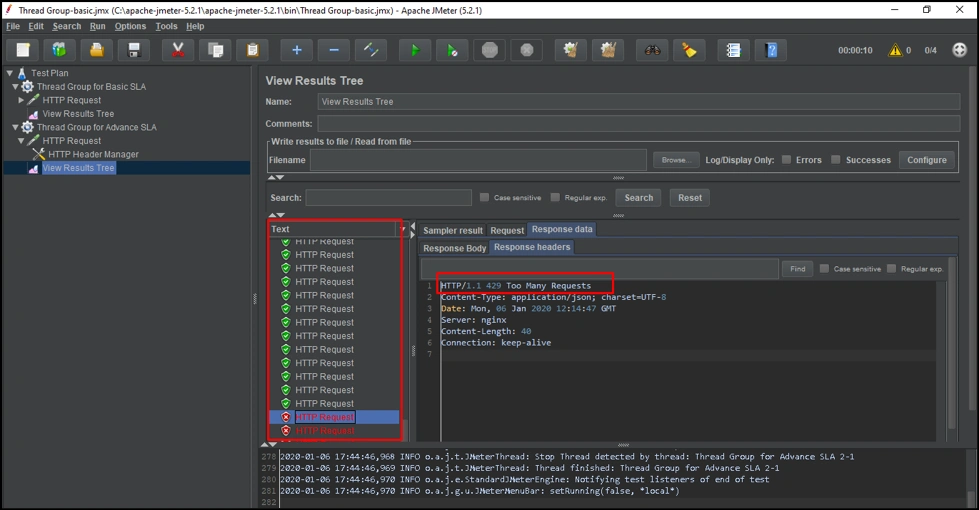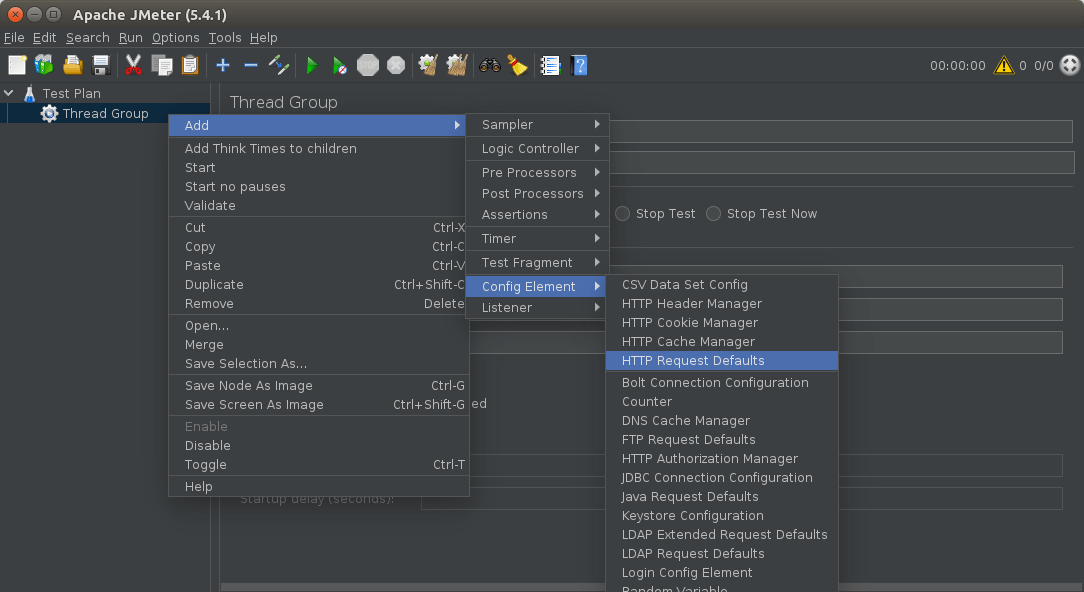

The JMeter tool that has been installed on your personal computer will be used to plan for your tests, running load tests, and analyzing load tests. In Windows operating systems, it is located at $JMETER_HOME/bin/jmeter.bat. For Linux-based operating systems, the binary can be found at $JMETER_HOME/bin/jmeter. The PATH where JMeter was installed will be referred to as $JMETER_HOME. Installing Java is simple for all operating systems, but you may have to help JMeter find Java and keytool binaries by adding a Java bin directory in your PATH environment. Oracle Java or OpenJDK (version 6 and above).If you need to download these components, follow these links: The other option would be to download the files from the official website and install Java version 6. But it a very easy tool to install, and using a package manager is the easiest method of them all.

It is, therefore, not very useful to cover intricate details about installing it to the respective operating systems. Our tutorial involves the use of the JMeter desktop application and as such, there are many operating systems that could be used to run the tool. However, you can increase the load pushed to the server under test by running non-graphical JMeter tests or having it distributed across JMeter servers. You could vary the computing resources available to JMeter as well as network bandwidth between the tool and the test server. One of the most useful properties of JMeter is the ability to skew tests depending on a variety of metrics. This tutorial could be applied to any web applications that have been deployed. We will run our JMeter application on our PC.Īvoid running the tests on a live production server because it may compromise system performance and negatively affect services. In this example, we will be testing a LEMP stack WordPress site running on a 1CPU 1GB RAM Alibaba Cloud Elastic Compute Service (ECS) virtual server. To follow this tutorial, you will need a personal computer to run JMeter and a server where your software is installed. Developers use the tool to simulate heavy loads on virtual servers, networks to check strength, tests the ability to handle heavy loads and determine system performance for a variety of loads. It tests both functional performance and behavior. Its uses range from web application testing, REST APIs, SOAP APIs, and mobile applications. Developed by Apache Foundation, the tool is one of the most popular testing tools in existence. The test determines the breaking point of the software.Īpache JMeter is a performance testing tool that simulates high workload. The Application Under Test in stress testing is subjected to workload levels beyond what is expected to handle. Load testing involves subjecting the software to an anticipated load and observing its performance. There are two types of performance tests that are classified as:

Software performance constitutes one of the major non-function testings of software systems. It forms a key component of quality assurance. Performance testing is used by software developers and ICT experts to ascertain the behavior of the system under various workload conditions. So, you have subscribed to an Alibaba Cloud service and deployed your system, but have you tested it yet? Testing software performance is one of the most important aspects of development. Tech Share is Alibaba Cloud's incentive program to encourage the sharing of technical knowledge and best practices within the cloud community. Stepping Thread Group is the first custom thread group in the world.By Alex Mungai Muchiri, Alibaba Cloud Tech Share Author. In JMeter version 2.4 new plugin type was introduced: custom Thread Groups. Stepping Thread Group adds to JMeter thread scheduling similar to LoadRunner's. But many users, especially with HP LoadRunner experience miss more flexible thread scheduling algorythm. JMeter have only one out-of-the-box option for threads (users) scheduling: simple ramp-up.


 0 kommentar(er)
0 kommentar(er)
